- The efficiency of electrolytic cells in China will improve and weaken the technical advantages of American and European companies
- Many countries now regard hydrogen as the best choice for the decarbonization industry, which cannot easily rely on electricity for operation
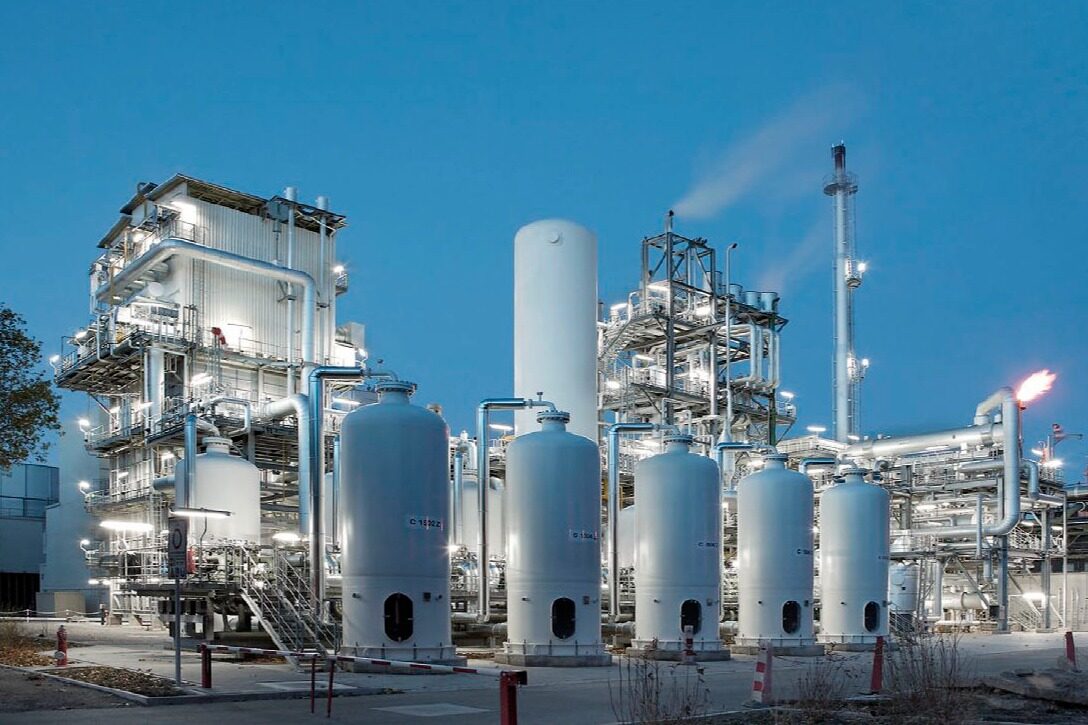
Ten years ago, as the global demand for panels began to soar, China dominated solar energy manufacturing with low prices and eliminated western competitors. The United States and Europe are determined not to let the same thing happen to hydrogen. As the world sprints to decarbonize, the next round of competition revolves around a kind of equipment called electrolytic cell. By connecting them to clean electricity such as solar energy, hydrogen can be extracted from water without generating any emissions that cause global warming.
This is a key step in creating green fuels that can decarbonize steel, cement or shipping industries. Companies around the world have been accelerating the production of electrolytic cells, and green hydrogen plants are under construction. The industry has finally achieved a leap from pilot projects to industrial scale.
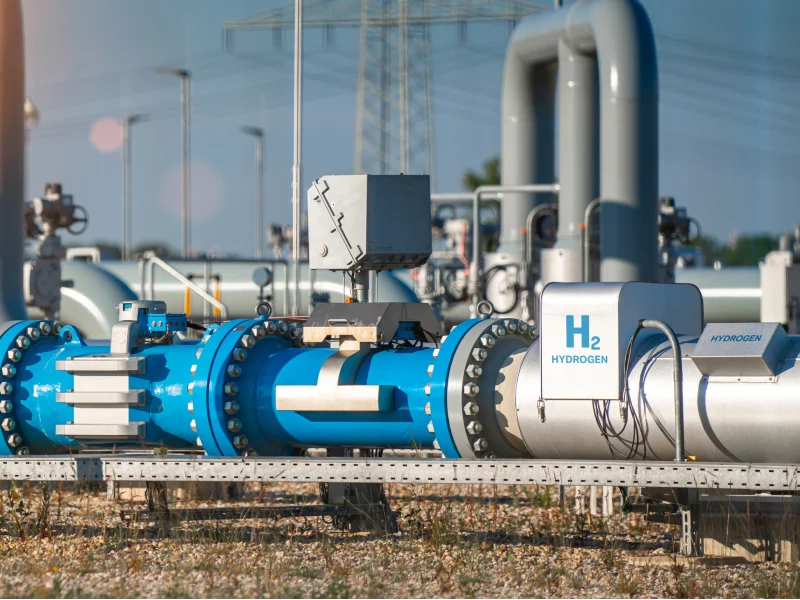
Bloomberg NEF, a clean energy research institute, estimated that the global electrolytic cell production needs to increase by 91 times to meet the demand by 2030. However, many senior clean technology professionals in the West view the emerging competition with a familiar and disgusting feeling. According to BNEF, more than 40% of all electrolytic cells manufactured today come from China.
The efficiency of electrolytic cells in China is not as high as those made in the United States and Europe, but their costs are much lower, about one quarter of the charges of Western companies. Chinese electrolytic cell enterprises still mainly serve the domestic market, and will start to expand overseas sales.
Wang Xiaoting, a BNEF hydrogen energy analyst, said that I have heard too many government officials say that we can't repeat the experience of solar energy. US President Joe Biden served as Vice President during the critical period when China won the leading position in solar energy manufacturing. Now, he sees China as a competitor rather than a supplier, and brings clean technology manufacturing back to the United States as the pillar of his climate policy.
The United States is determined not to let China control this new energy boom, and Biden's Inflation Reduction Act has injected a large amount of funds into domestic hydrogen production. The reality is that the United States will provide very generous subsidies to ensure the survival of local suppliers. Europe wants to get a share of this emerging industry for its own reasons.
The Russian-Uzbekistan conflict has made people realize the importance of fuel production in Europe and raised the ambitions of the European continent for hydrogen. However, some hydrogen energy advocates said that the EU's failure to follow up put it at a disadvantage to the United States and China. The trade union has set the goal of green hydrogen production, which will produce 10 million tons per year by 2030, but has not yet decided which methods meet the green standard. This makes it difficult for the company to devote itself to promoting the large-scale hydrogen production project of electrolytic cell orders.
Jorgo Chatzimarkakis, CEO of Hydrogen Europe, a Brussels-based lobby organization, said, "I am worried that the EU is shooting its own head when the market share of the electrolytic cell business will be transferred from Europe to other regions.". Not on the feet, but on the head. At the same time, many analysts expect that the efficiency of electrolytic cells in China will be improved, thereby weakening any technical advantages currently owned by American and European companies.
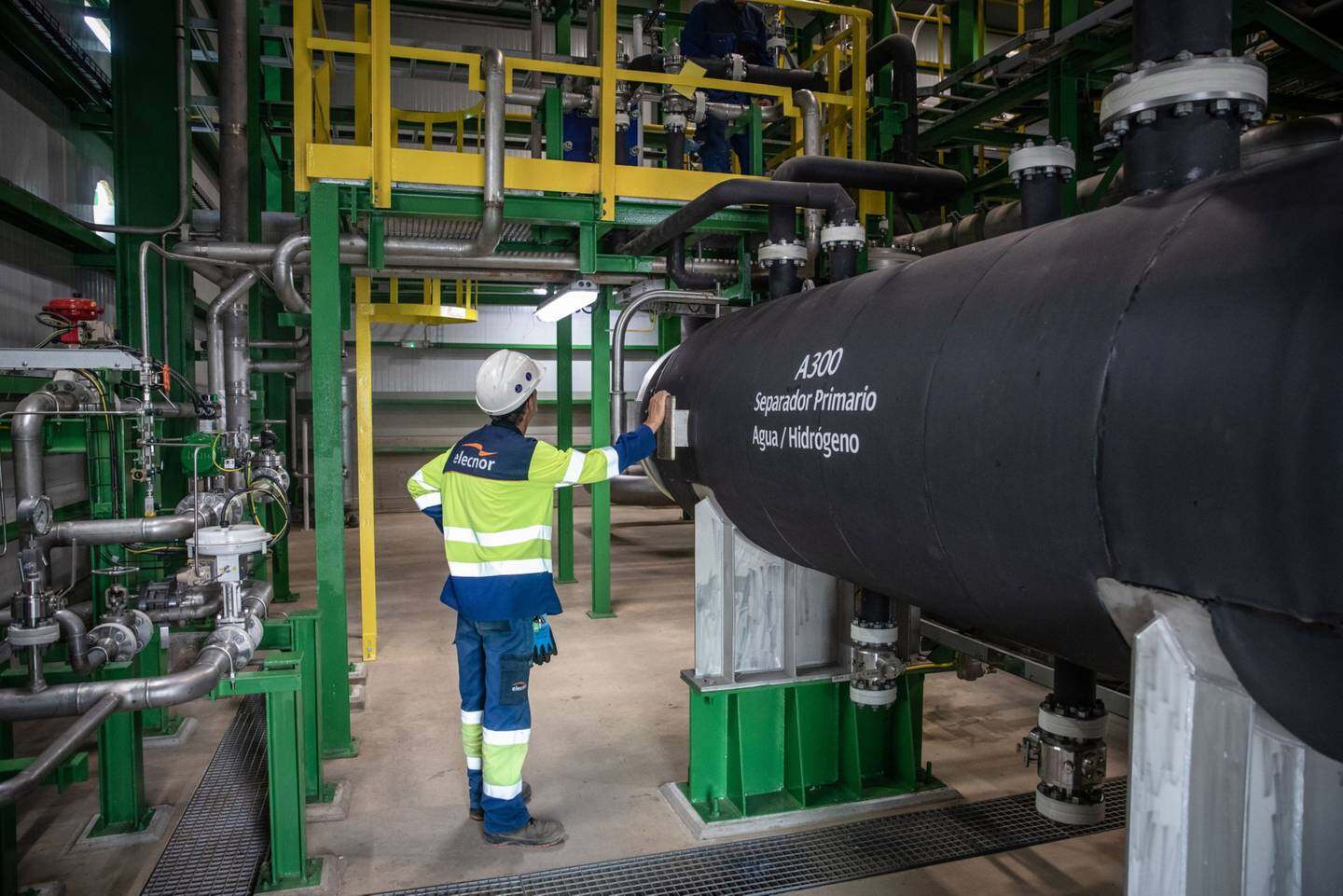
I have no doubt that China is developing better electrolytic cells, said Bridget van Dorsten, senior hydrogen analyst at Wood Mackenzie Research and Consulting. The day when China decided not to lag behind is the day when they will not lag behind. Some Chinese enterprises have taken the lead. For many years, chemical equipment manufacturers there have manufactured electrolytic cells and installed large water electrolysis systems for various manufacturing industries such as the production of polysilicon for solar cells.
Electrolytic cells use electricity to decompose water into hydrogen and oxygen. Since 1920, various types of electrolytic cells have been on the market. Many countries now regard hydrogen as the best choice for the decarbonization industry, which cannot easily rely on electricity for operation. If the power of the electrolytic cell comes from solar or wind power facilities or nuclear reactors, the process of producing hydrogen is also carbon-free.
There are many types of these devices, each with its advantages and disadvantages. Chinese companies mainly produce alkaline electrolytic cells, which have lower initial costs. However, compared with competitive technologies, more power is required for each kilogram of hydrogen produced.
China's hydrogen energy technology leads the world
Chinese manufacturers are developing PEM electrolytic cells and refining their alkaline products. They are looking for growth in foreign markets. Longji Green Energy Technology Co., Ltd., headquartered in Xi'an, is the world's largest manufacturer of solar energy equipment. It built a hydrogen plant in March 2021 and has built a 1.5GW electrolytic cell manufacturing capacity in China.
Wang Yingge, vice president of Longji Hydrogen Energy, said that it was developing PEM, but it was expected that the alkaline electrolyzer would dominate the industry in the next five years. He said that in three years, the company expects that the foreign market will account for more than half of its sales. Europe and the United States have the most active incentive policies for the hydrogen energy industry, while the Middle East and Africa have the largest and most economic renewable energy, Mr. Wang said. Green hydrogen projects in these regions have good profitability. Meanwhile, according to BNEF data, the state-owned Peric received orders from seven countries in 2022, including Australia, the United States and South Korea.
Shandong Xerox Hydrogen Energy is one of the few Chinese manufacturers focusing on PEM. Huang Fang, the project director of the company, said that at present, about 10% to 15% of the sales come from overseas. Its goal is to increase this proportion under the demand of Europe and Australia. Although electrolytic cells are as important for green hydrogen as solar cells are for solar power generation, there are key differences between them.
Solar panels are essentially off-the-shelf technologies. Whether they are installed on the roof or assembled in a huge desert array, the panel and the system connected to them have not changed much.
American hydrogen energy industry
This is not the case with hydrogen production. The electrolytic cell is only a part of the hydrogen production unit, and its scale and design will depend on its energy and customer demand. Andy Marsh, CEO of Plug Power Inc, said that the company was building a series of green hydrogen production plants in the United States, each of which was unique. The factory in Texas is different from that in New York, and the latter is different from that in Georgia, he said. All these are very localized. Plug, located in Latham, New York, also produces and sells PEM electrolytic cells.
It is beneficial to manufacture electrolytic cells in the markets they intend to serve. John Cockerill Group of Belgium has established a joint venture in China, Cockerill Jingli Hydrogen, to manufacture electrolytic cells for China rather than other countries. The company has also invested in two plants in Europe and potentially in the United States and India. Raphael Tilot, head of hydrogen energy at Cockerill, said that these devices are complex and bulky, and need a large number of on-site customization for each customer. It is not so easy to transport them from China to the rest of the world, he said. It is very important to make it compatible with the customer's project.
Although China's solar energy industry has enjoyed generous subsidies from the central government for many years, which helped equipment manufacturers dominate the global supply chain, hydrogen energy has not yet received the same level of policy support. At the beginning of 2022, China launched its first national hydrogen energy development plan, but did not introduce any financial support policies such as subsidies, which dashed the hopes of equipment manufacturers.Editor/Xing Wentao
Comment
 Praise
Praise
 Collect
Collect
 Comment
Comment
 Search
Search


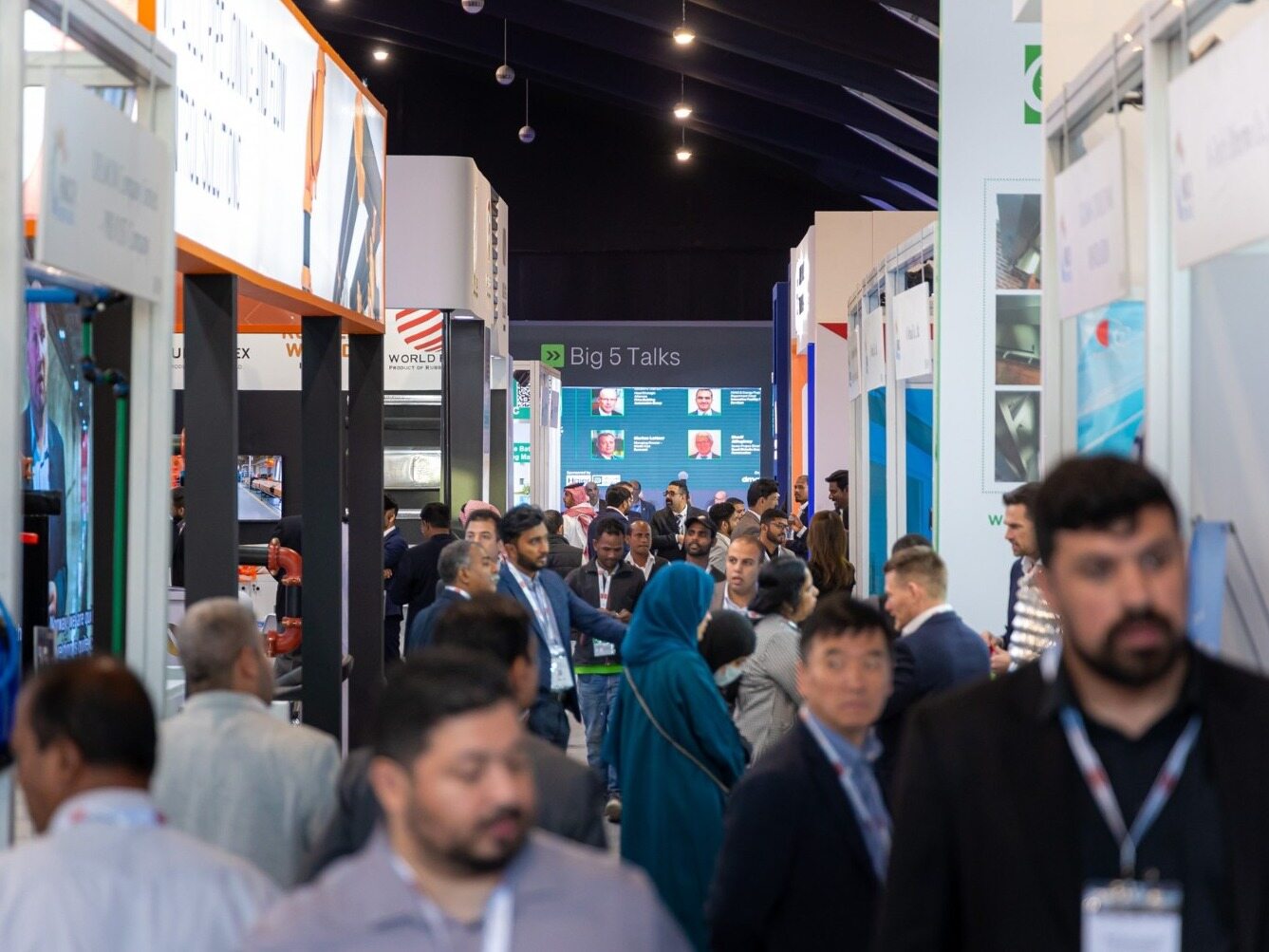
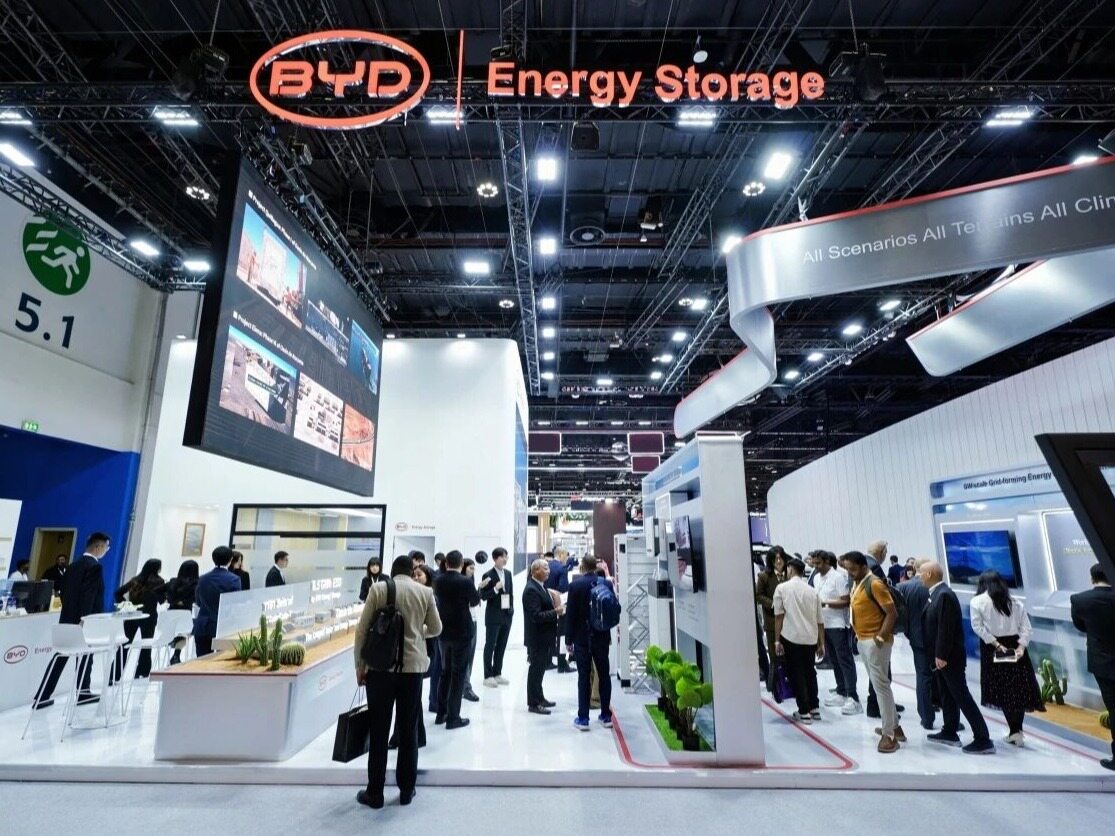
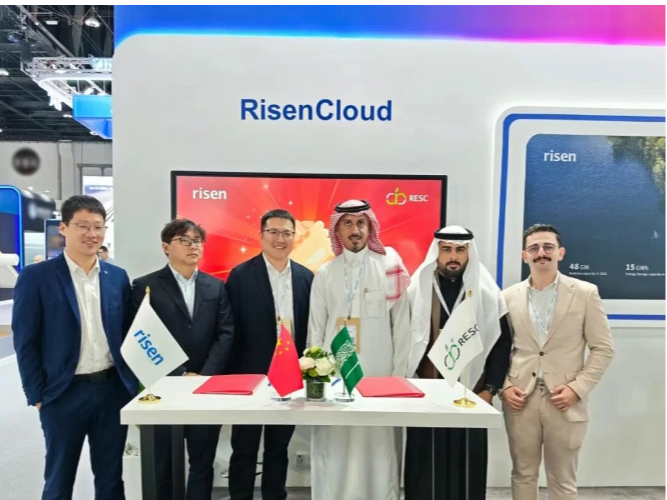
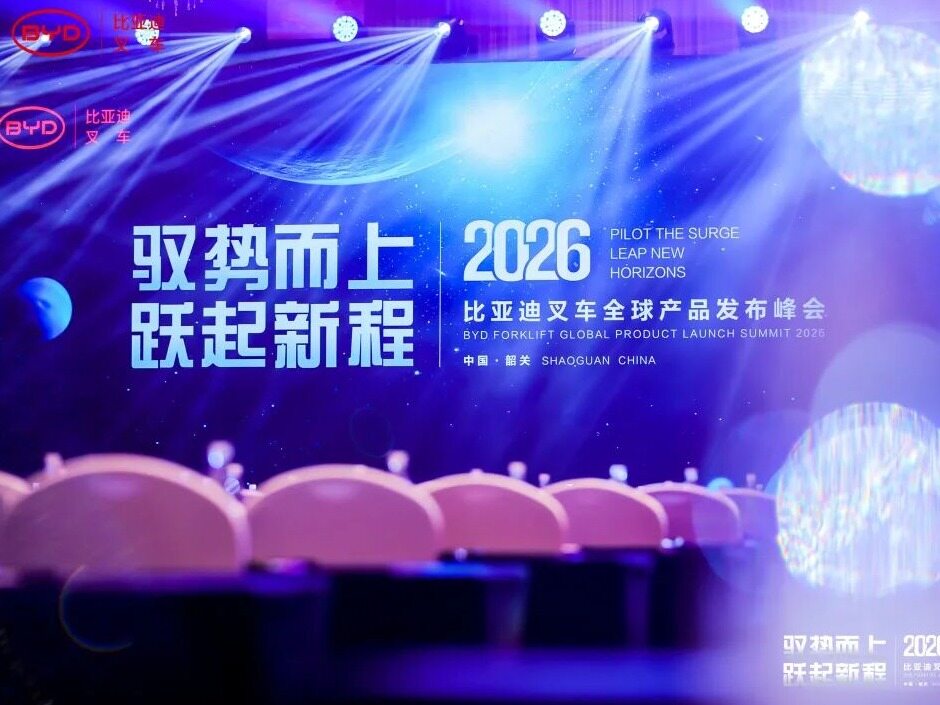

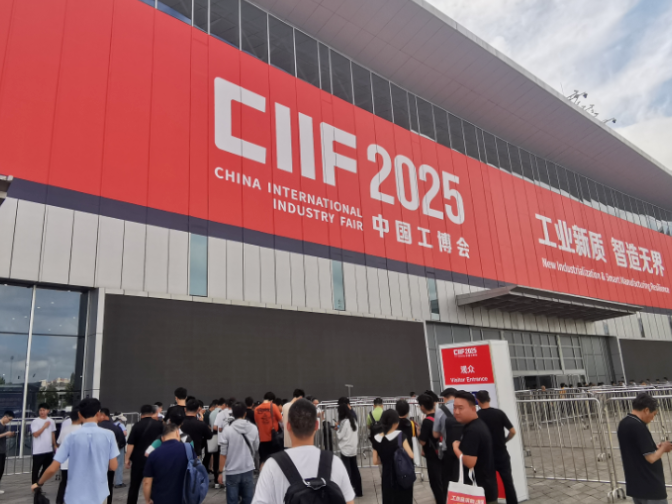






Write something~